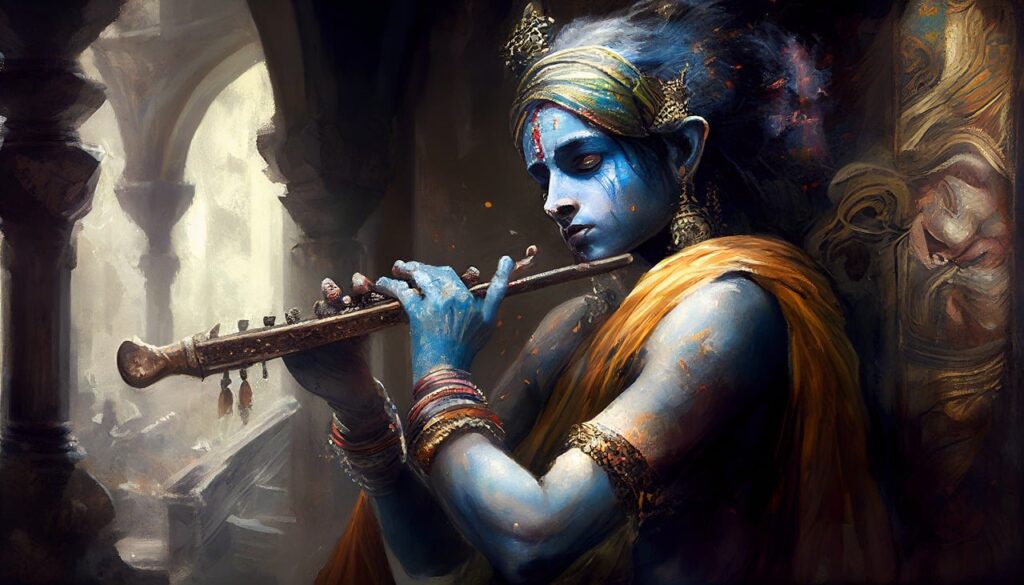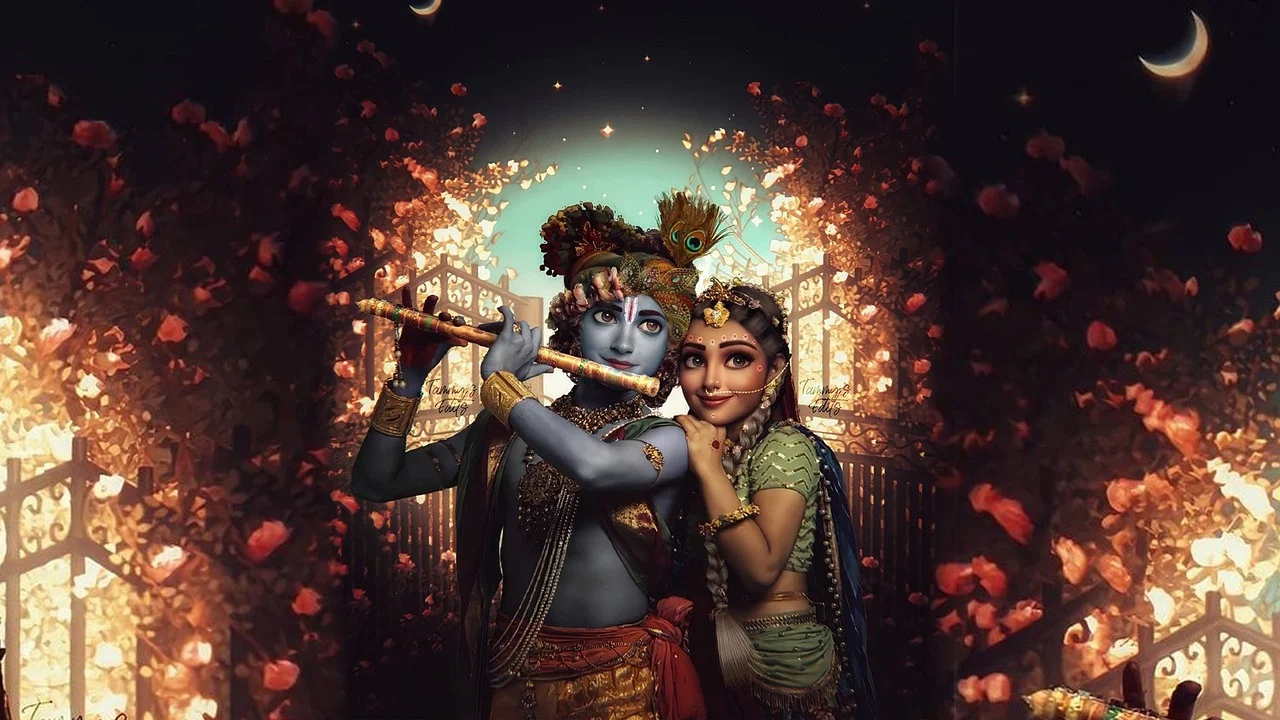In the rich tapestry of Hindu mythology, Vishnu, the preserver of the universe, is said to have incarnated in various forms known as avatars whenever the balance of dharma, or cosmic order, is threatened. While many are familiar with his ten primary avatars, each representing distinct qualities and attributes, the 10th avatar of Vishnu, often less discussed, holds profound significance in the context of human evolution and consciousness.
The Journey of Evolution
Adi Yogi, the primordial yogi and seer of ancient times, expounded a unique perspective on the evolution of life on Earth. He recognized the fundamental progression of life forms from the water to land, and from lower consciousness to higher awareness. This evolutionary journey beautifully aligns with Darwin’s theory of evolution, demonstrating that science and spirituality can converge in profound ways.
| Position | Avatar | Yuga Associated |
|---|---|---|
| 1 | Matsya (fish) | Satya Yuga (Age of Truth) |
| 2 | Kurma (turtle, tortoise) | Satya Yuga (Age of Truth) |
| 3 | Varaha (boar) | Satya Yuga (Age of Truth) |
| 4 | Narasimha (man-lion) | Satya Yuga (Age of Truth) |
| 5 | Vamana (dwarf-god) | Treta Yuga (Age of Three) |
| 6 | Parashurama (Brahman warrior) | Treta Yuga (Age of Three) |
| 7 | Rama | Treta Yuga (Age of Three) |
| 8 | Krishna | Dvapara Yuga (Age of Two) |
| 9 | Buddha | Kali Yuga (Age of Conflict and Confusion) |
| 10 | Kalki (prophesied 10th avatar who ends the Kali Yuga) | Kalki is yet to come (Future Age) |
- Matsya (The Fish)
The journey of life began in the water, symbolized by Matsya, the fish avatar. In this aquatic stage, life was embryonic, primitive, and submerged in the realm of instinct.
- Kurma (The Tortoise)
The next step in evolution saw life transitioning to amphibious existence, as represented by Kurma, the tortoise avatar. Creatures ventured onto land but were still closely tied to their watery origins.
- Varaha (The Boar)
Varaha, the boar avatar, marks the emergence of mammalian life on Earth. Wild boars, with their physical prowess, epitomize the raw physicality of mammals.
- Narasimha (The Man-Lion)
Narasimha, the half-man, half-lion avatar, is the embodiment of the duality between human intellect and primal instinct, a significant milestone in evolution.
- Vamana (The Dwarf)
Vamana, the dwarfed man avatar, symbolizes the emergence of humanity’s mental faculties, where cognitive abilities and self-awareness began to flourish.
- Parasurama (The Warrior)
Parasurama represents a full-fledged human but with intense emotional volatility. This stage reflects humanity’s growth in emotional complexity.
- Rama (The Peaceful)
Rama, the peaceful avatar, embodies qualities of serenity, wisdom, and compassion, marking a critical turning point in human emotional maturity.
- Krishna (The Loving)
Krishna, the loving avatar, demonstrates the profound power of love and emotion, illustrating a higher state of human consciousness.
- Buddha (The Meditative)
Buddha, the meditative avatar, signifies the culmination of human evolution in terms of mental awareness and spiritual enlightenment.
The 10th Avatar: Beyond Physical Evolution
While many avatars represent various human qualities and attributes, Adi Yogi conveyed a revolutionary message with the 10th avatar. He proclaimed that human physical evolution has reached its limits within the constraints of our solar system. However, there remains a vast realm of consciousness to explore and transcend.
This revelation echoes the contemporary understanding of neuroscientists who assert that our brains have inherent limitations. Adi Yogi offered a different path for evolution—a conscious evolution of the mind and spirit, transcending the physical constraints.
Transcending Limitations
Adi Yogi’s profound teaching was that if humanity is willing to strive, individuals can transcend the limitations set by nature and evolve consciously. He introduced various methods and practices to facilitate this transcendence.

The Role of Kalki: The Final Avatar
Kalki, the tenth avatar of Vishnu, is first mentioned in the ancient Hindu epic, the Mahabharata, as the ultimate earthly incarnation of Vishnu. He is also briefly referenced in various other Hindu texts, including the Harivamsa Purana, Kalki Purana, Agni Purana, Brahmanda Purana, Bhavishyottara Purana, and Bhagavata Mahapurana. Kalki’s significance extends beyond Hinduism, as he also appears in Buddhist texts such as the Kalachakra Tantra. However, notably, Kalki does not appear in the Vedic scriptures.
Attributes of Kalki
Kalki is described as the “Lord of the Universe” and a warrior king. He is prophesized to be born into the priest caste in the village of Samvala. In depictions in temples and artwork, Kalki is often portrayed with the following attributes:
- Fiery Sword: Kalki wields a mighty sword, symbolizing his role as a warrior and the destroyer of evil.
- White Horse: He rides a white horse named Devadutta, which represents purity and divine power.
Kalki in Hindu Mythology
In Hindu mythology, Kalki is seen as the harbinger of the apocalypse, specifically within the Vaishnavism sect of Hinduism. His story in the Mahabharata describes Kalki as the son of the highest Brahman in the village, who rises from the priest caste to become a warrior and ultimately a divine king. Kalki is also said to be mentored by Parashurama, the immortal sixth avatar of Vishnu, who received training from Lord Shiva.
Character and significance of Kalki in Hindu mythology is illustrated below:
- Role as the Protector of Dharma: Kalki is often depicted as the ultimate protector of dharma, which is the moral and ethical order that upholds the universe. His arrival is associated with the restoration of righteousness and the elimination of adharma (unrighteousness). Kalki’s mission is to ensure that dharma prevails in the world.
- Destroyer of Evil: Kalki’s powerful imagery as a warrior with a fiery sword riding a white horse symbolizes his role as the destroyer of evil forces and negative influences that have taken hold during the Kali Yuga. His intervention is seen as necessary to cleanse the world of corruption and chaos.
- Purification and Renewal: Kalki’s arrival heralds a period of purification and renewal. It is believed that he will purify the hearts and minds of individuals, leading them towards a more virtuous and spiritually awakened existence. This period of renewal is often associated with the beginning of a new cosmic cycle.
- Transcendence of Caste: Kalki’s birth into the priest caste and his ascent to warrior and divine king status highlight the idea of transcending societal limitations and rigid caste structures. His story signifies that divine qualities can manifest in individuals from diverse backgrounds.
- End of the Kali Yuga: The Kali Yuga, characterized by strife, materialism, and moral decay, is said to last for a specific duration. Kalki’s appearance is believed to mark the end of this dark age, signaling the start of a new era, the Krita Yuga, characterized by truth, virtue, and spiritual awakening.
- Parallel to Other World Religions: The concept of a prophesied figure who brings about a new age or the end of times is not unique to Hinduism. It bears resemblance to similar messianic figures found in various world religions, such as the Second Coming of Christ in Christianity and the Maitreya Buddha in Buddhism.
- Interpretations and Symbolism: Kalki’s symbolism and attributes can vary across different interpretations and regional traditions within Hinduism. While some aspects remain consistent, such as his role as a divine warrior, specific details and stories associated with Kalki may differ.
- Hope for a Better Future: Kalki’s legend embodies the idea of hope for a better future. His imminent arrival provides solace to those living in turbulent times, offering the belief that righteousness will eventually prevail, and a new age of enlightenment will dawn.
- Cultural and Artistic Representations: Kalki’s imagery has inspired various forms of artistic expression, including paintings, sculptures, and literature. Artists often depict him in dynamic poses, riding his white horse and brandishing his sword, symbolizing his readiness to confront and overcome adversity.
In Short
The 10th avatar of Vishnu, as interpreted by Adi Yogi, goes beyond the traditional understanding of avatars as divine beings. Instead, it signifies the potential for humanity to evolve consciously and spiritually. It encourages us to strive beyond our limitations, both physical and mental, and to explore the boundless dimensions of human potential. In doing so, we can continue the timeless journey of evolution towards higher states of consciousness.
Kalki’s role as the prophesized future avatar of Vishnu is to appear at the end of the Kali Yuga, which is the current era marked by conflict and confusion. Kalki is characterized as a powerful force with the divine mission to defend dharma, destroy evil, and purify the world. His ultimate purpose is to restore righteousness, truth, and morality, bringing about the Krita Yuga—a renewed age of purity and enlightenment. Kalki serves as a symbol of hope and renewal in Hindu mythology, offering the promise of a brighter future after the challenges of the Kali Yuga.
Adi Yogi’s teachings, conveyed 15,000 years ago, remain profoundly relevant in the quest for personal and collective evolution today.

